Most popular names in 1950: Most popular baby names of 1950
Posted onMost popular baby names in Australia since 1950
The pressures of choosing a child’s name have changed a lot over the past 70 years, with parents now often reluctant to pick a name that’s too popular or too plain.
Each year, the states and territories around Australia reveal the top names given to babies in the previous year.
Analysing baby names at any point in history paints an interesting picture of that era. The builders generation (born before 1945) chose traditional names such as Peter, Paul, John, Karen, Jennifer or Sharon.
Jump to the 1980s and you’ll find that baby boomers began to show their creativity and choose more unusual names.
Baby name books only started to emerge in the 1980s, and they were the first-known baby name lists that were compiled. Prior to that, the only names people were given were names that people were already aware of.
Today, we have so much more access to names and see or hear new names to consider every week.
Here’s a look back over the decades to see what baby-naming trends took place in Australia over time.
1950
1. Jennifer / Peter
2. Susan / John
3. Christine / Robert
4. Julie / David
5. Margaret / Michael
6. Helen / Stephen
7. Judith / Ian
8. Lynette / Gregory
9. Robyn / Paul
10. Elizabeth / Gary
1960 1970
1. Susan / David 1. Michelle / David
2. Jennifer / Peter 2. Nicole / Michael
3. Karen / Michael 3. Lisa / Andrew
4. Michelle / Mark 4. Melissa / Jason
5. Julie / Andrew 5. Kylie / Matthew
6. Lisa / Paul 6. Rebecca / Paul
7. Sharon / John 7. Sarah / Mark
8. Leanne / Robert 8. Amanda / Christopher
9. Maria / Stephen 9. Joanne / Daniel
10.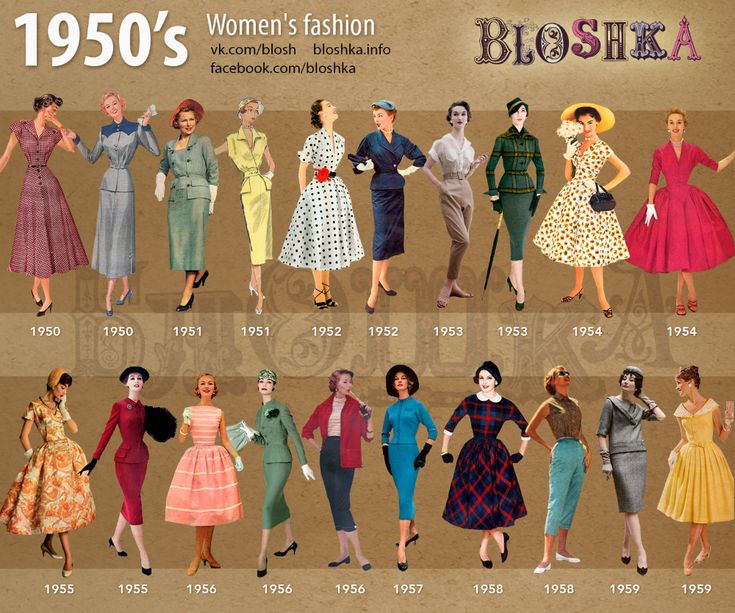
1980 1990
1.Sarah / Daniel 1. Jessica / Matthew
2. Jessica / Matthew 2. Sarah / James
3. Rebecca / Michael 3. Emily / Daniel
4. Melissa / Christopher 4. Stephanie / Joshua
5. Lauren / Andrew 5. Emma / Michael
6. Emma / David 6. Rebecca / Thomas
7. Nicole / James 7. Samantha / Nicholas
8. Amanda / Benjamin 8. Lauren / Jack
9. Kate / Luke 9. Laura / Benjamin
10. Laura / Adam 10. Georgia / Luke
2000 2010
1. Emily / Joshua 1.
2. Jessica / Jack 2. Isabella / William
3. Sarah / Lachlan 3. Olivia / Thomas
4. Olivia / Thomas 4. Chloe / Joshua
5. Georgia / Matthew 5. Charlotte / Oliver
6. Chloe /James 6. Mia / Lachlan
7. Emma / Daniel 7. Lily / Noah
8. Sophie / Nicholas 8. Emily / Cooper
9. Hannah / Benjamin 9. Ella / Ethan
10. Isabella / William 10. Amelia / James
Read more: Map reveals the world’s most common surnames
Introducing generation alpha
Names mean something different now; it used to be that you were named after a grandparent or a religious figure. Now it’s about individual identity.
A name is now more than just what teachers will call you at school.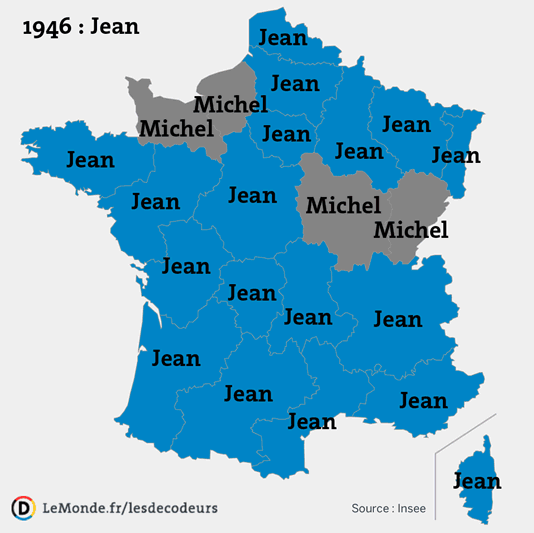
Read more: The appalling role models influencing younger generations
Generation alpha includes more than one in seven Australian residents.
Within the next four years they will outnumber the baby boomers, and most of them will live to see the 22nd Century. They are the current generation of children who began being born in 2010, the children of millennials, and often the younger siblings of generation Z.
There are three million of them in Australia and more than 2.8 million are born globally every week. When they have all been born (2025) they will number almost two billion – the largest generation in the history of the world.
Most popular names for gen alpha
1. Charlotte / Oliver
2. Olivia / Noah
3. Amelia / Jack
4. Isla / William
5.
6. Ava / Lucas
7. Grace / Thomas
8. Willow / Henry
9. Harper / Charlie
20. Chloe / James
How will popular names change in the future?
Unique baby names are no longer reserved for children of celebrities. Australian parents are now much more imaginative when it comes to picking names than previous generations.
One reason is an explosion in variety, multiculturalism and parents’ desire for individuality saw the pool of baby names grow from 4252 in 1957 to 16,676 today. That’s 300 per cent more names for only 30 per cent more babies being born.
Another trend is to put shortened names on the birth certificate.
A generation ago, if you met a baby called Max, you could safely assume his birth certificate said Maxwell or Maximillian.
But ‘nicknames’ on birth certificates are becoming more common, and it makes sense. If you have a daughter that you know you will always call Tina, what’s the point in having Christina on the birth certificate?
In 2020, Evie (ranked 18 across Australia) is now more popular than Evelyn (ranked 19).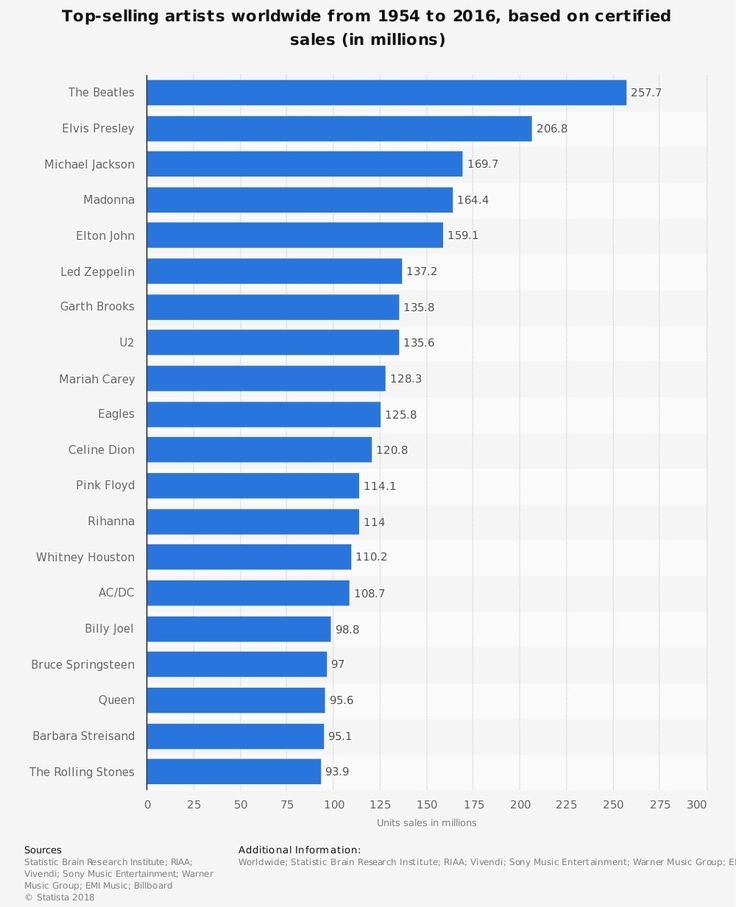
Ellie (37) similarly ranks higher than both Eleanor (47) and Elizabeth (55). Meanwhile, Frankie (36) is more popular than its formal counterparts Frances and Francesca, neither of which made the top 100.
Australians tend to lengthen or shorten names without rhyme or reason though, so who knows what the baby will end up being called!
Banned baby names
You can name your child whatever first or middle name you want – within reason.
Under the Births, Deaths and Marriages Registration Act a registrar can refuse to register a name if:
- it’s obscene or offensive
- it cannot be established by repute or usage
- it’s too long
- it contains symbols without phonetic significance
- it is contrary to public interest
- it contains an official title or rank recognised in Australia such as King, Lady, Father, Sir or Admiral.
Read more: Weirdest baby names of the year
Do you have a popular name? Do you get called by a nickname that is different from the one on your birth certificate? What do you think about how popular names have changed over the decades?
If you enjoy our content, don’t keep it to yourself.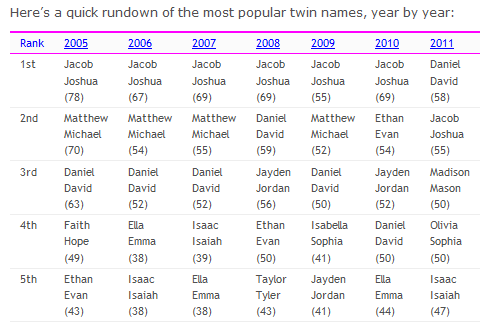
Common African American First Names and Meanings
African American names first became popular and distinctive in the 1950s and 1960s.
Before this time, it was very common for Black Americans and recent immigrants to either name or change their children’s names to assimilate into American culture better. As a result, most baby names were heavily influenced by European, and English descended names.
Unique African American names flourished and rose to popularity throughout the 1960s during the Civil Rights Movement and were adopted rapidly during the 1970s. During this time, Black Americans sought ways to diversify themselves and embrace their African and West Indie roots.
Many popular names African Americans used to draw inspiration from global origins, including French, Arabic, Muslim, and European and Biblical names. It is a tradition that has continued to grow since the civil rights movement and has resulted in many wonderfully unique names.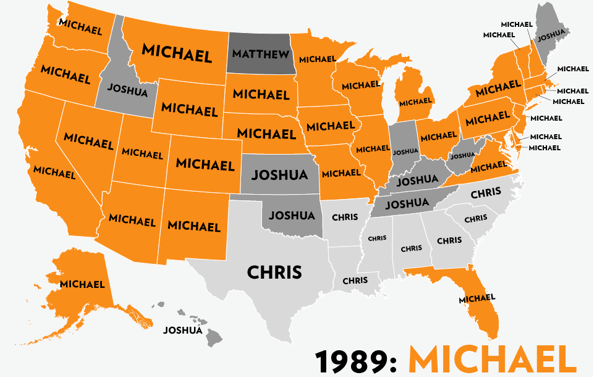
Biblically Inspired Names and Meanings
African American culture is heavily invested in the Christian church. Africans brought here as enslaved people were often forced to convert to Christianity and attend church. Attending church may have been the only free time some plantation owners granted their slaves. As a result, enslaved African Americans turned to God and the church as a place of solace and respite, and the old testament inspired many names.
Biblical Boy Names
- Amos — Amos was a Biblical prophet of Jewish culture around the 8th century.
- Elijah — A Hebrew name that means My God if Yahweh. Eli is a cute name for Elijah.
- Isaiah — A Hebrew name meaning God’s associate.
- Jamal — Hebrew. Handsome.
- Zephan — Hebrew. Blessing of the Lord.
Biblical Girl Names
- Abana — Hebrew. Made of stone.
- Eliza — A Spanish or Italian name with Hebrew roots that means God is a promise.
- Makayla — A Latin and feminized version of Michale that means Who is like God.
- Ruth — Hebrew. Friend.
- Sarah — Hebrew/Persian. Princess.
Arabic and Muslim Names and Meanings
Civil rights leaders like Malcolm X and Muhammed Ali inspired many African Americans to convert to Muslim or to at least learn and be influenced by African Muslim culture and history. Historians estimate that 10-30% of Africans brought to the Americas as slaves were Muslim. As a result of interest in African Americans tracing their roots, there was an increase in Arabic names and Muslim names.
African-American Muslim Boy Names
- Asaad — Arabic. Lion.
- Darius — Arabic/Persian. Possessing goodness.
- Hakeem — Arabic. Wise.
- Malik — Muslim.
King.
- Zuma — Arabic. Peace.
African-American Muslim Girl Names
- Akila — Arabic. Intelligent or logical. It is a variation of the name Aaliyah.
- Aisha — Muslim. The name of Mohammed’s favorite wife.
- Imani — Arabic/Swahili. Faith.
- Jasmine — Persian/Arabic. Flower.
- Noor — Arabic. Light.
French-Inspired Names and Meanings
Many of the West Indes and parts of Africa were settled or ruled by the French. Louisiana and parts of the American south were also French-occupied, which resulted in a unique language called Creole.
French (African) Boy Names
- Andre — Man, warrior.
- Autry — Strength, power.
- Curtis — Humble or courteous one.
- Marquis — Nobleman.
- Xavier — New house.
French (African) Girl Names
- Antoinette — Invaulable.
- Bernadette — Brave as a bear.
- Chantelle — Stony.
- Josephine — Jehovah increases.
- Lenora — Light.
Historical African American Baby Names and Meanings
Because America is indeed the world’s melting pot, many cultures have inspired names we think of today as popular Black names.
Boy Names
- Booker — Old English. Bookbinder. A popular baby boy name because of Booker T. Washington, an African American educator, orator, and presidential advisor in the late 19th and early 20th century.
- Jalen — Greek origins. Healer. Tranquil.
- Justus — Latin. Justice.
- Lamonte — Gaelic. Man of Law.
- Tyrone — Irish. Land of Owen.
Girl Names
- Alexis — Greek.
Defender.
- Alicia — Scandinavian/Swedish. Noble.
- Destiny — Latin. Fate.
- Isis — Egyptian. Throne.
- Nikita — Sanskrit. House.
Gender-Neutral Names
- Angel — Latin. Messenger of God.
- Dakota — Native American. Allies, friends.
- Journey — American. A trip or experience.
- Presley — English. Priest’s meadow.
- Shiloh — Hebrew. Tranquil.
Most Popular African American First Names on FamilyEducation: Jevonte, Kyrone, Tamika, Shantel
Magic from the mailbox
- was the case
- holiday
- postcards
- New Year
Good old New Year’s cards immerse many of us in childhood memories, when with the help of painted cardboard people congratulated each other on the holiday, expressed their feelings and thoughts.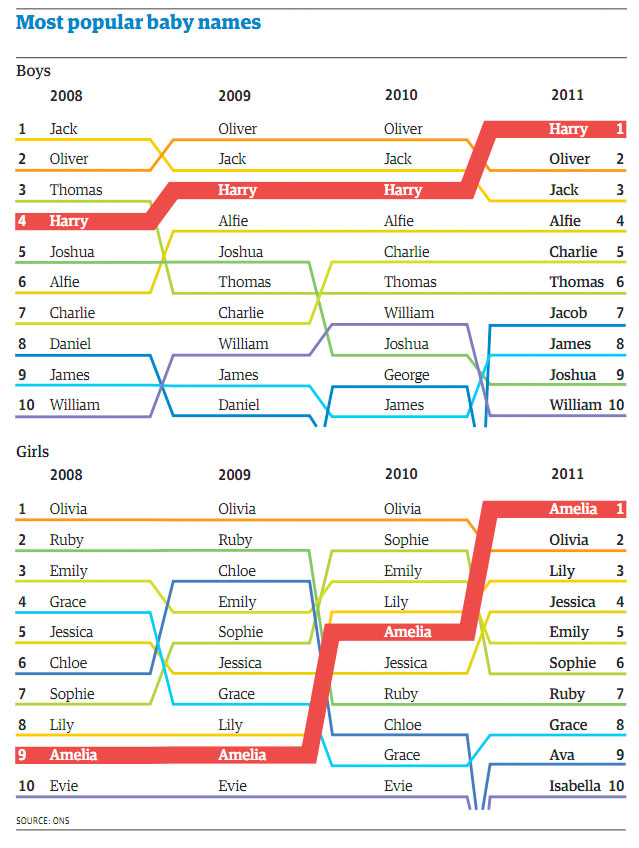
Exchanged «open letters»
It is believed that the first Christmas card appeared almost 180 years ago. This tradition came to Russia from England. In 1843, at the request of government official Sir Henry Cole, artist John Horsley depicted a family at a festive table on a small cardboard. On the sides, the painter painted two scenes of mercy, and in the center he placed the inscription: “Merry Christmas and a happy New Year!” The postcard became so popular that about a thousand copies were printed from it. And 20 years later, their mass production began.
nine0015
Illustrated cards, which became fashionable abroad at the end of the 19th century, immediately gained popularity in Russia as well..png)
In 1894, an order was signed by the Minister of the Interior to the Postal Department for permission to send postcards. The new trend embraced everyone: subordinates wrote to the bosses, servants to the masters, schoolchildren to each other, workers and artisans to the village to their parents, and so on. In 19th-century Russia, such messages were called «open letters». According to the postal rules of that time, nothing could be added on the back of the card, except for the address, so texts with wishes were placed on the front side, next to the illustration. The ban was lifted only at 1904 year.
The theme that united all pre-revolutionary postcards was Christmas.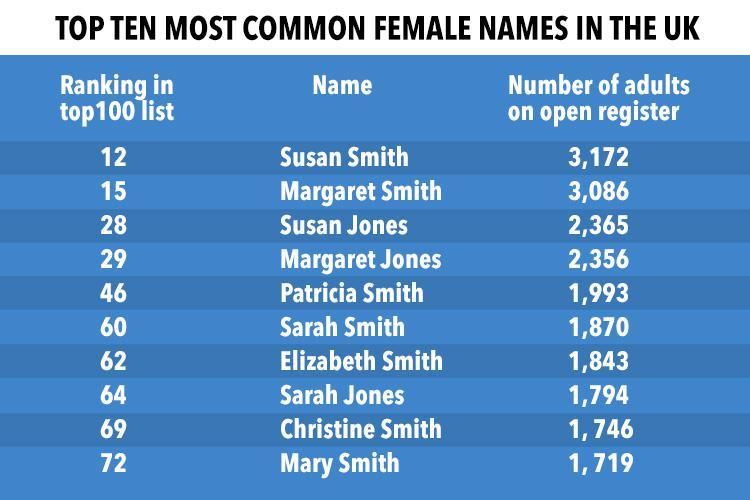
The heart sends a message to the heart
According to one version, the first domestic Christmas card was drawn by the famous artist Nikolai Karazin in 1872. According to another, it came out in a set of ten postcards based on watercolors by famous St. Petersburg artists. The circulation of ten thousand copies was instantly sold out, and they were forced to re-publish them. The first Christmas card in this series, titled «Heart to Heart, Gives a Message» was made by the famous master of silhouette drawing Elizaveta Böhm.
nine0015
Soon they began to give greeting cards in honor of the New Year. The best professionals in their field were involved in the creation process: artists, printers, and later photographers. Expensive postcards with embossing, silver and gold chips, plush, embossed were produced in small series. Fine hand-painted works were equated with works of art.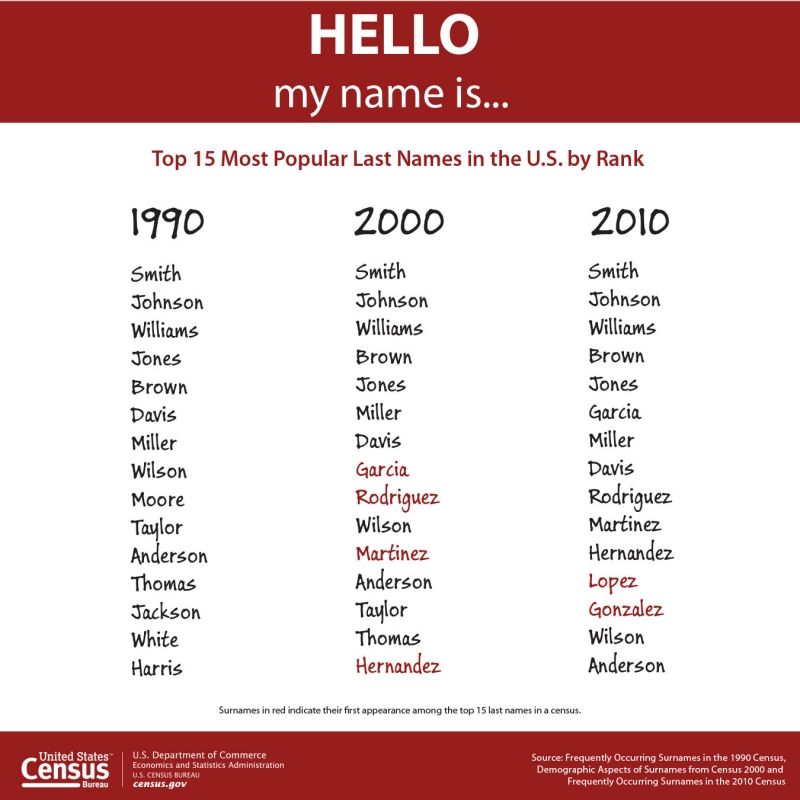
Russian postcards not only were not inferior to foreign ones, but also surpassed them in the artistry of images and quality of workmanship. The most popular scenes were landscapes of winter nature with snow-covered huts, children playing snowballs, angels, golden domes of churches. Not without a Russian troika of horses in festive harness. When trains and railways appeared, they immediately appeared on greeting cards.
At all times, a New Year’s card was supposed to express a wish for happiness and success. Therefore, in its design, well-known symbols that bring good luck were used. The full moon was often depicted, which was considered a symbol of wealth, as well as children with flowers, personifying a brighter future.
nine0015
But the New Year’s wizard did not exist for a long time in tsarist times. People believed in his prototype — Nicholas the Wonderworker. The Russian version of the Christmas giver, known as Moroz Ivanovich, appeared as early as 1840, but did not become widespread. The canonical image of Santa Claus as an obligatory character of the New Year holiday and greeting card appeared in the Soviet period.
Without bourgeois «things»
After the revolution, New Year and Christmas were banned, as were any oral and written congratulations on this occasion. At 19On the year 23, a circular was issued, which spoke of the harmful effect on children of the Christmas holiday with Christmas stories and Christmas trees with candles. Even special commissions were created that went from house to house and looked for violators.
In 1928, the Committee for the Promotion of Artistic Publications for ideological reasons banned the release of New Year’s cards.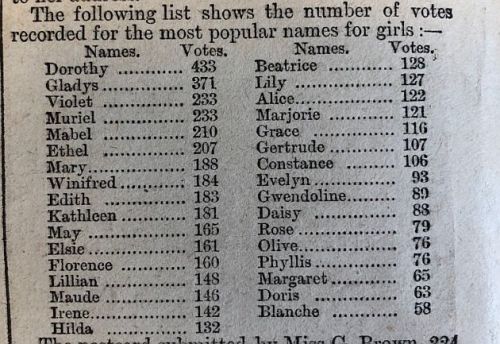
But in 1935, a decision was made to rehabilitate the holiday, which could serve for the benefit of the new government. At the same time, he was positioned exclusively as a child. However, Christmas was still banned. In 1936, a decree of the Council of People’s Commissars introduced the official celebration of the New Year, but according to Soviet traditions. The production of postcards began in such a small circulation that today it is difficult even for collectors to find greeting cards of that period.
Pape to the front
New Year’s cards began to appear in small numbers during the Great Patriotic War. It was the easiest way to link the front with the rear. In addition, the written text was more easily censored than a letter in a sealed envelope.
Already in December 1941, the Art publishing house issued special postcards to be sent to soldiers. The artists worked with only two colors, red and black, to speed up the printing process. Naturally, images of military subjects prevailed: new weapons and even portraits of heroes with the captions “New Year’s greetings from the front!”, “Dad to the front!”.
nine0015
The usual New Year’s stories have also received an unusual interpretation — on postcards from the time of the Great Patriotic War you can see Father Frost with a machine gun or with a broom, dispersing the Nazis. At the same time, their essence remained the same — to support, to remind that they love and wait at home, to make them smile.
In 1945, Soviet servicemen from the territory of liberated Europe sent colorful imported New Year cards to their homeland in large numbers to congratulate their loved ones.
nine0015
After the war, there was no money for gifts in the destroyed country.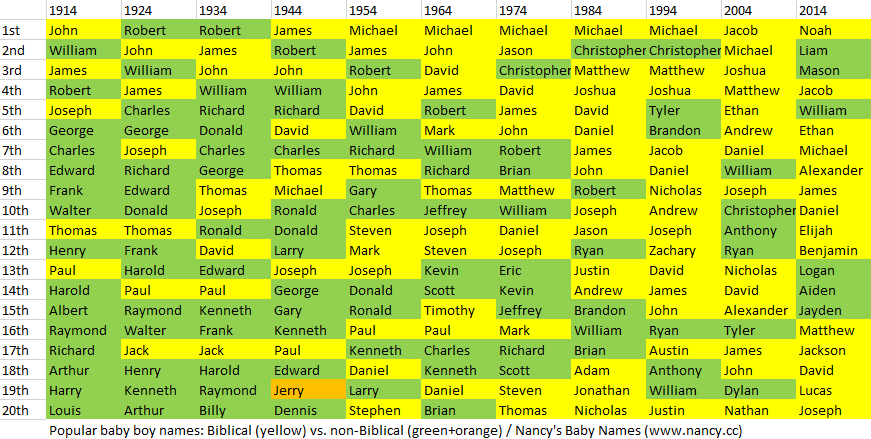
Kremlin chimes and progress
The order to revive postcards was signed only in 1953. They became popular again — bright, shiny cards made it possible to congratulate loved ones in any corner of the country. In most families, they were collected, and then in the long winter evenings they examined and reread the messages. And some made New Year crafts from postcards, for example, caskets.
nine0015
It was during the “thaw” that wonderful artists came to this area, who created the favorite images of everyone. One of the most recognizable was Evgeny Gundobin — a professional painter and graphic artist. He is the author of many postcards with a wide variety of subjects. But it was the happy people of the Soviet country who became the main characters of the artist.
In the late 1950s, a new character appeared on greeting cards next to Santa Claus and the Snow Maiden — the New Year Boy.
nine0015
Soviet New Year cards flourished in the 1960s, some of them were issued in circulations of 18-25 million. The postcard during this period becomes the main means of mass communication in the country. Everything that people lived with was displayed on pieces of cardboard.
The fashion for urbanism and romance of the windows of high-rise buildings glowing in the winter night has come. The Kremlin chimes were often depicted against the background of construction, so that everyone could see: communism was developing, new skyscrapers were appearing for happy Soviet families. Moscow objects were often depicted — the building of Moscow State University on the Lenin Hills as a temple of science, a residential building on Kotelnicheskaya embankment as an example of an ideal home, and the building of the Ministry of Foreign Affairs on Smolenskaya, symbolizing the stronghold of peace.
nine0015
Santa Claus during this period sits on a scooter, drives a car, plays in a jazz trio, draws landscapes, gives away gramophone records, calls on the phone.
In the 1960s, images appeared on postcards dedicated to the development of the Arctic and the regions of the Far North, all-Union construction projects. Among the plots, propaganda of a strong Soviet family, sporting achievements, scientific and technological progress, including television, prevails. And cartoon characters — little animals and fairy-tale heroes — are already coming to postcards from the blue screen.
nine0015
Cartoonists often worked on postcards. They drew very funny, lively stories. One of the main accents was made on the collectivity of what is happening: animals and children decorate the Christmas tree together, celebrate the long-awaited holiday, play and call Santa Claus.
There was probably not a single person in the USSR who, at least once in his life, did not receive a postcard with kind sketches from Vladimir Zarubin for the New Year.
After the flight of Yuri Gagarin, the main theme, of course, was the space theme. Everyone flies on rockets into the starry sky — Santa Claus, the New Year Boy, astronauts in helmets with the inscription USSR … The circulation of such cards was so large that they became indispensable participants in the New Year holidays for several years at once.
nine0015
Olympic bear and more
In the 1970s, between 2.5 and 3.5 billion copies of postcards were published annually in the USSR, which were sold in all post offices and newsstands. They depicted Santa Clauses of all stripes, the Snow Maiden, round dances of animals, Cheburashka and Gena the crocodile, the Wolf and the Hare from «Well, you wait!»
The talented artist Georgy Kupriyanov also contributed to this diversity.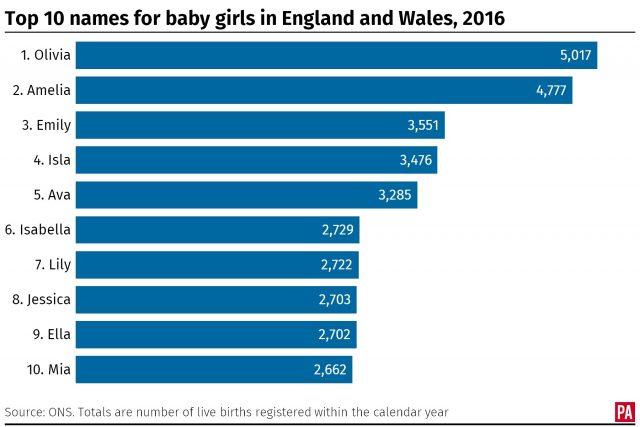
nine0015
In some schools at that time there was a “Santa Claus Post Office”, where you could put pre-purchased and signed cards for classmates and friends. They could be not only congratulatory, but also personal, for example, with a declaration of love. Last name, first name, and class served as addresses. A postman was chosen from the schoolchildren, who sorted out the postcards and delivered them to the addressees.
The topic of sports became relevant in the 1970s. There was an active preparation for the Olympics in Moscow. Postcards often depicted athletes celebrating the New Year on a ski track or skating rink. At 19In 1979, the capital of the USSR hosted the Ice Hockey World Championship, where the country’s team received a gold medal.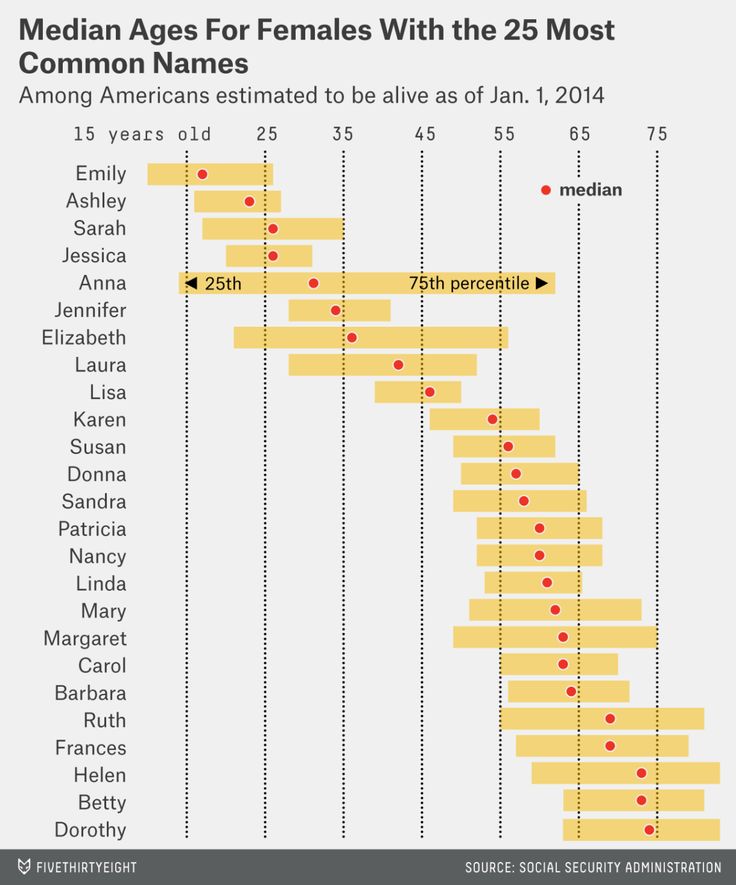
The main sports year is 1980. The cult figure of the time is a charming and kind Olympic teddy bear. He was more than just the mascot of the Summer Games. Therefore, for several years it occupied a central place in all holiday cards, including New Year’s ones.
nine0015
To the addressee — in one click
In the 80s, the drawn composition was replaced by a photo postcard. On most greeting cards of this time, there are pictures of winter landscapes, New Year’s still lifes — with fir branches, shiny balls, serpentine and burning candles. And in the next decade, Santa Claus, Christmas wreaths and gingerbread cookies made a significant competition to Santa Claus.
Astrology gained significant popularity at the beginning of the 2000s, adding even more mystery to the usual holiday. Traditional symbolism is gradually fading into the background, giving way to the signs of the zodiac and animals — the patrons of the year.
nine0015
The evolution of postcard production is still ongoing. The modern assortment offers options for every taste: made in retro style, musical, with good wishes already written, with oriental symbols of the year, and so on. The most popular and expensive today are made by hand. They are distinguished by their bright individuality and originality.
Postcards «Merry Christmas!» — both created by modern artists, and reprinted from ancient ones.
nine0015
Today, postcards are rarely sent by mail. Animated electronic versions are becoming more and more popular, on which it snows, fireworks flash, figures move … And they reach the addressee instantly.
But virtual greetings do not have the same charm as paper versions that can give sincere emotions that cannot be conveyed through an Internet message.
nine0015
Professional artists, printers and photographers were involved in creating greeting cards in 1898. Competitions were announced among them, exhibitions were organized and catalogs were issued. The most famous first postcard designers are Viktor Vasnetsov, Ivan Bilibin, Ilya Repin, Konstantin Makovsky, Alexander Benois and Elizaveta Boehm.
***
During the 1960s, postcards increasingly depicted modern neighborhoods — they looked cozy and festive. The scenes could include cranes with sparkling lights, vehicles and people hurrying to the festive table. nine0132
***
After the release of the cartoon «New Year’s Journey» about how the boy Kolya wants to deliver the New Year tree to his father at the Soviet polar station «Mirny» in Antarctica, a postcard appears, reflecting the history of the conquest of the South Pole by Soviet people.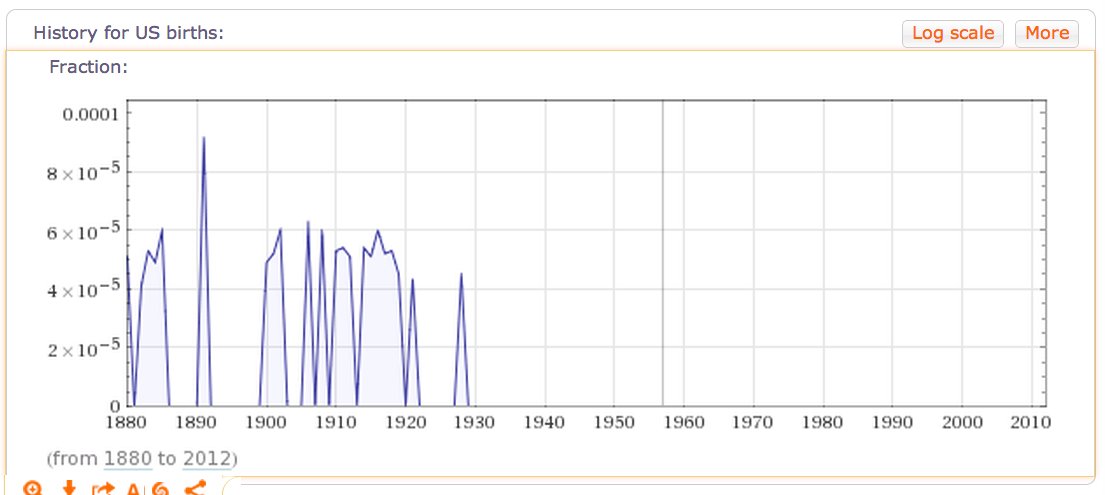
Back to section
All facets of the paranormal: 13 great series about the supernatural0001
We are talking about the most interesting mystical projects of recent years, from bloody horrors to paradoxical comedies. We will walk through haunted houses, get acquainted with evil spirits hunters, and also visit the town where every inhabitant keeps a supernatural secret.
Still from the TV series Preacher, dir. Michael Slovis, Evan Goldberg, Seth Rogen
Supernatural
A long-running series about the struggle of unkillable brothers with a variety of otherworldly evils, which made the stars of Jared Padalecki, Jensen Ackles and Misha Collins. The first not only connected the best years of his career with the show, but also met his future wife Genevieve Cortese on the set, who played the demon Ruby. nine0015
When Sam Winchester was a baby, his mother died under mystical circumstances, and when at the age of nine the boy was frightened by a ghost in the closet, his father handed him a revolver.
Stranger Things
The top fantasy series of the decade that set the fashion for the 1980s. When working on the story, showrunners Matt and Ross Duffer were inspired by the adventures of the young heroes of King’s It. Moreover, they initially planned to film their favorite book, but it did not work out. The terrifying, but at the same time cozy lamp world of the show is full of references to the work of the king of horrors, and is also replete with quotes from the entire cinema of the penultimate decade of the twentieth century.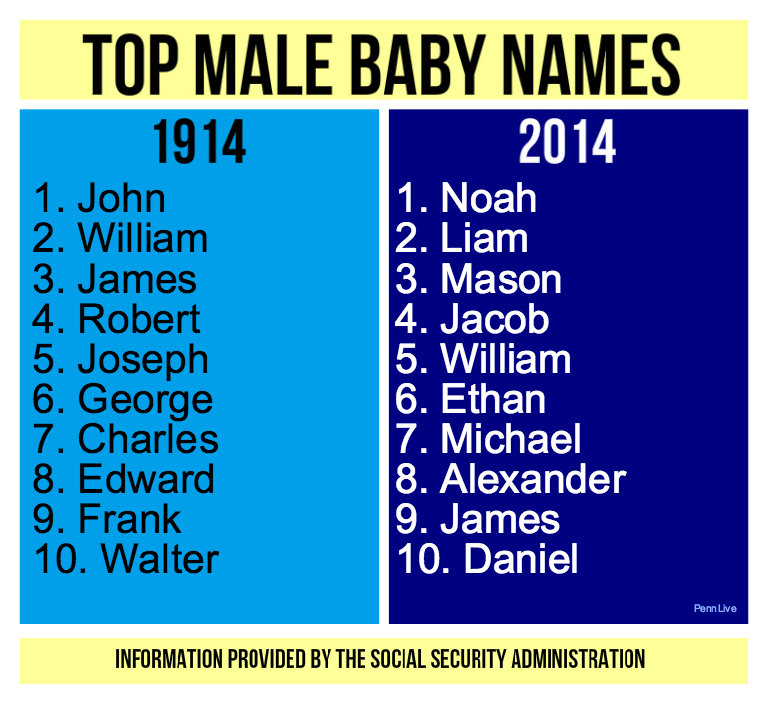
Mike Wheeler, Dustin Henderson, Lucas Sinclair, Will Byers live in the provincial town of Hawkins, study in the same class, ride bikes and read comics. One day, after a long game of Dungeons and Dragons, Will was kidnapped. In the morning, single mother Joyce realizes that her son did not sleep at home, and goes to the police. As Chief Jim Hopper tries to track down the child, Byers’ classmates conduct their own investigation. The young heroes repeat the last route of their friend and in the forest near the protected area of the secret laboratory of the US Department of Energy they meet a strange short-haired girl, and very strange things begin to happen in Hawkins. nine0015
The Haunting of Hill House
The series is based on Shirley Jackson’s 1959 novel of the same name, with more drama than horror. The series was written, directed and produced by Mike Flanagan, who shoots exclusively horror films. Such devotion to the genre is not accidental.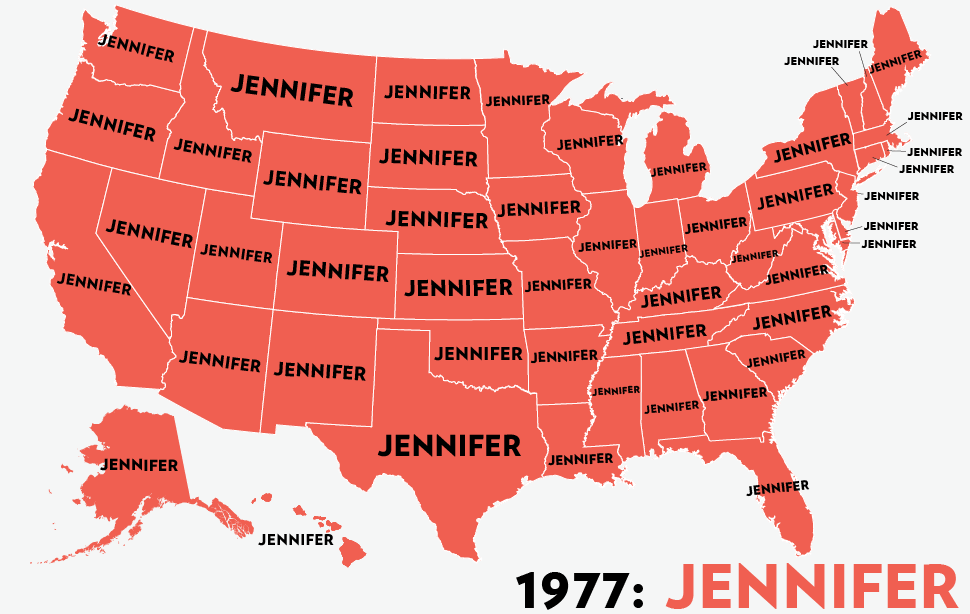
In the summer of 1882, Olivia and Hugh Crane lived in an old mansion with their five children. Something paranormal was going on within its walls, but only a select few could feel it. One day, a mysterious event occurred that forced Hugh to flee into the night with his sons and daughters. Since then, a quarter of a century has passed, each member of the family continues to bear in the soul the destructive trace of the house on the hill. A career has developed only with Stephen — the author of best-selling documentaries about haunted houses. And although the pages of his books colorfully describe encounters with ghosts, the writer himself does not believe in them, since he did not encounter them even in childhood. After another family tragedy, the Crains are forced to meet and find out what exactly happened in that cursed house. nine0015
Castle Rock
Castle Rock can safely be called the capital of the kingdom of Stephen King.
On the eve of his retirement, the warden of Shawshank Prison on the outskirts of Castle Rock commits a sophisticated suicide, and is replaced by the ambitious young Teresa Porter, who plans to renovate the facility. While inspecting an empty block, which was never restored after a fire 30 years ago, a guard discovers a dungeon hidden from prying eyes and its lonely prisoner. There is not a word about the guy in the documents, and he himself keeps silence, which one day will be interrupted to pronounce the name of Henry Deaver.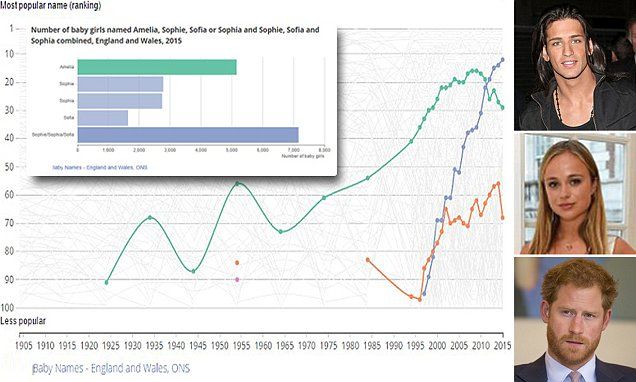
Scary Tales
A dark story with Eva Green, Timothy Dalton and Josh Hartnett produced by Sam Mendes. The Oscar-winning director who gave the world «American Beauty» was going to personally direct several episodes of the series, but abandoned the idea due to the heavy workload on the set of «1917». By the way, the most prolific on the number of shot episodes of all the directors of the project was Damon Thomas, who was responsible for the pilot episode of Dirk Gently.
Retired traveler Sir Malcolm Murray declares war on London’s evil spirits in the hope of saving his kidnapped daughter Mina. A single fight against vampires, demons and witches is doomed to failure, and the hero gathers around him a company of colorful and gifted warriors.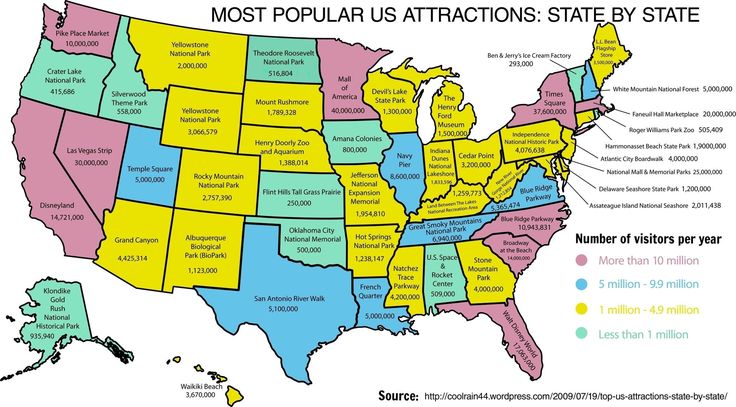
Preacher
A dashing bloody extravaganza with angels, demons, mad scientists and a charming vampire based on the comic book of the same name by Garth Ennis and Steve Dillon, which for a long time was considered not to be filmed due to off-scale cruelty. Childhood friends Seth Rogen (that same Ben Stone from Knocked Up) and Evan Goldberg, who wrote The Green Hornet, fought for seven years to launch the project, and in the end they managed to agree with the bosses of the AMC cable channel, who once believed in a risky story about chemistry teacher «Breaking Bad». nine0015
Saying goodbye to a turbulent youth, Jesse Custer returned to his native Annville, Texas, and took up a preaching position in the parish where his father had previously ministered.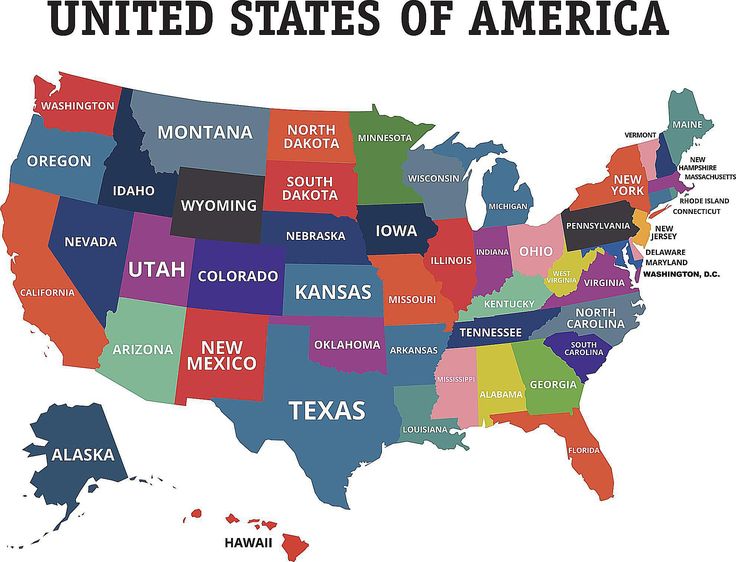
Serial reimagining of the cult comedy «Real Ghouls» by Jemaine Clement and Taika Waititi. By the way, the most famous New Zealander of our time took a place in his busy schedule, busy filming two parts of Thor, to personally direct three episodes of the show.
More than a century ago, Nandor the Relentless, Leslie Cravensworth and Nadia of Antipaxos left Europe in coffins to enslave the New World.
Watch in Okko
During the filming of the series, lead actor David Giuntoli met his future wife, Elizabeth Tulloch, who played Juliet Eve. The actors liked Portland so much, where the shooting took place, that after saying goodbye to the project, the couple moved to this green city from Los Angeles. By the way, about the recognition of the producers, at one of the Comic-Con festivals, the fans provided them with evidence that several descendants of the great German storytellers really live in Portland.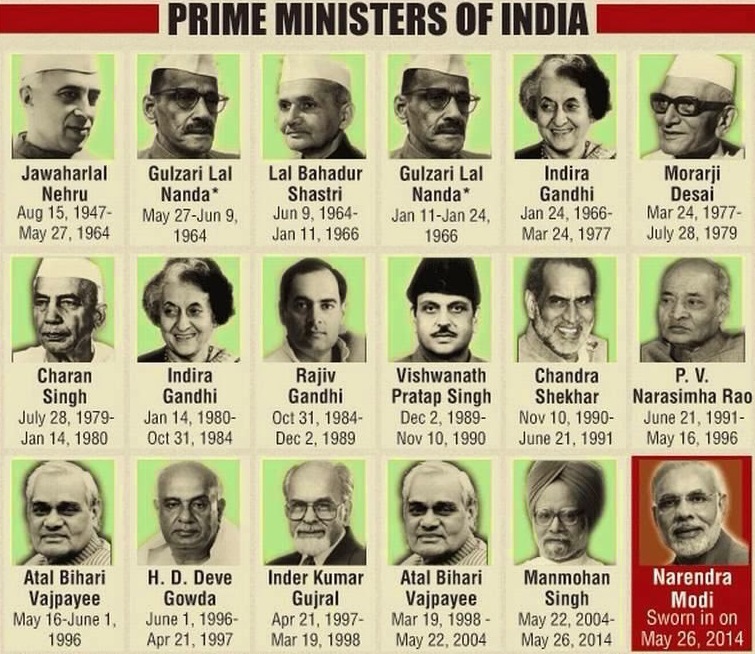
Portland Police Homicide detective Nick Burckhardt begins to have frightening visions: the predatory grin of a monster is imprinted on the faces of random passers-by for a moment. The hero tries not to attach importance to hallucinations, but soon the otherworldly reality changes his everyday life forever. Our hero is a descendant of the Grimm brothers, and after the death of his aunt, he must continue the family business, becoming a hunter of evil spirits. Surprisingly, the ability to recognize werewolves, witches and demons in ordinary-looking fellow citizens helps the hero solve the most hopeless crimes. In the course of investigating the first of them, Nick meets Monroe, a watchmaker-ripper, who managed to tame his own predatory nature and become an excellent assistant to a paranormal detective. nine0015
Watch in Okko
American adaptation of the 2019 British TV series of the same name with Utkarsh Ambudkar, also known as the rapper of UTK the INC.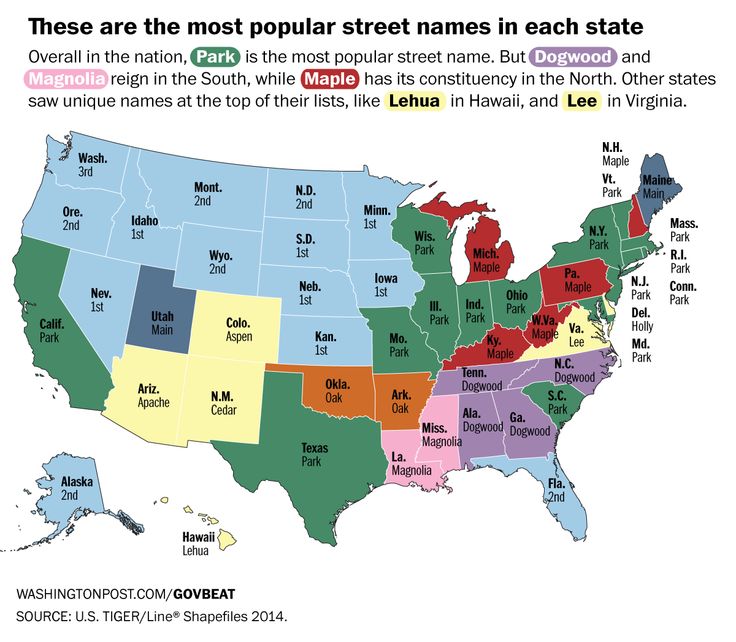
Chef Jay and journalist Samantha receive an inheritance from a recently deceased and very distant relative. Instead of putting the 300-year-old mansion up for sale, the heroes decide to move into it. They do not suspect that the estate has long been home to a half dozen ghosts representing different eras and social classes. Otherworldly inhabitants are outraged by the appearance of new owners and are doing everything to get rid of them. After one of their «pranks», Samantha falls into a coma and, upon regaining consciousness, begins to see ghosts. It would seem that it is high time to escape from the mansion, but the couple is in debt and they will have to linger. So, our heroine must find a common language with this motley and noisy company.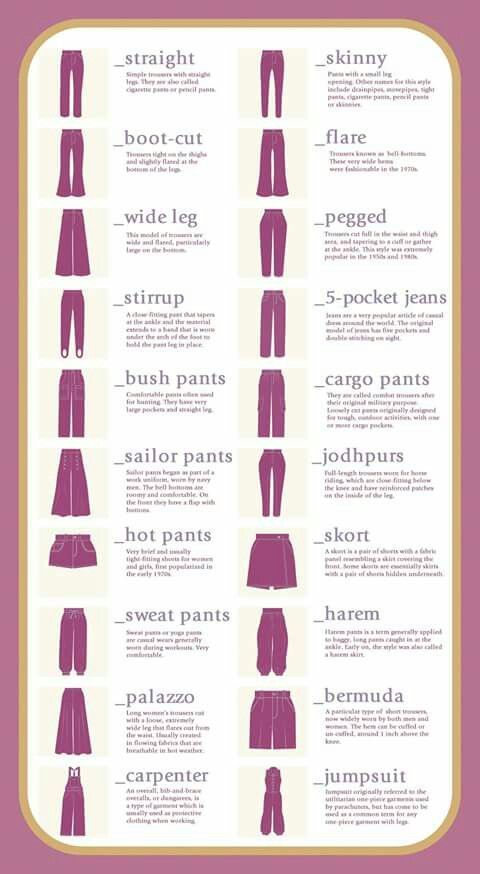
The series is available through AMEDIATEKA and Premium subscriptions.
Watch in Okko
Screen adaptation of Stephen King’s story «Jerusalem Settlement» with the brilliant Adrien Brody. Writers Peter and Jason Filardi have turned a 20-page epistolary story into a massive show with deep characters and a timely agenda. Although the setting of Chapelwaite was the state of Maine beloved by the king of horror, the series was filmed in Halifax, Canada.
Charles Boone narrowly escaped death when, as a child, he was attacked by his eschatologically obsessed father. The hero ran away from home, connected his life with the sea, became a captain, started a family. Three children and his wife always accompanied him on his voyages, but one day the disease takes the woman he loves. Soon the Buns move to the family estate, inherited from cousin Charles. Strangers from the first days feel pressure and hostility, because representatives of their kind have long enjoyed a bad reputation in these parts, and otherworldly evil lurks within the walls of the family mansion.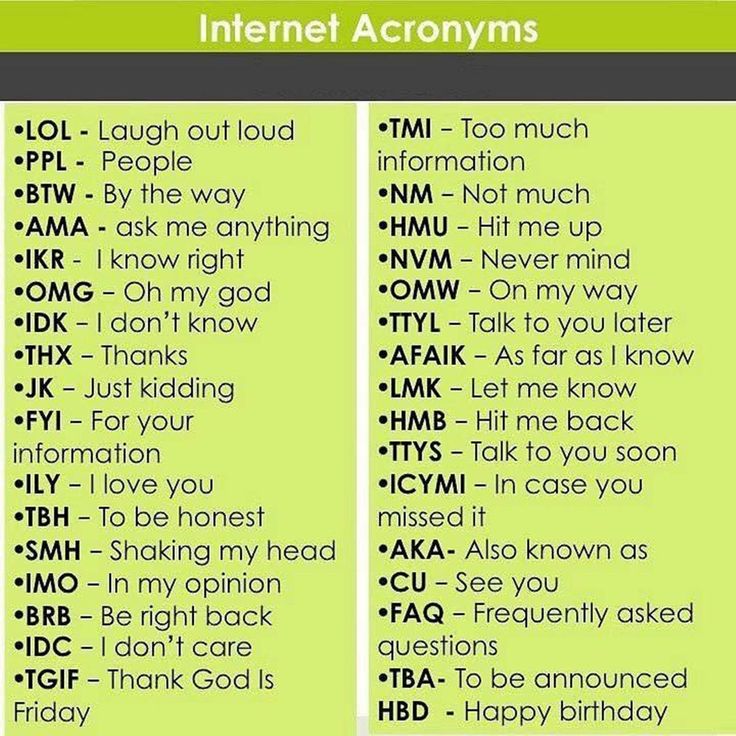
The series is available through AMEDIATEKA and Premium subscriptions.
Watch in Okko
The series from the most prolific and versatile showrunner of our time, Ryan Murphy, who gave the world such dissimilar Glee, New Normal and 9-1-1. Every season of American Horror Story is a new story that explores one of the many classic horror plots in detail, changing the scenery of a haunted house, a freak circus, a post-apocalyptic bunker and a mental hospital. nine0015
Before marriage, Vivien was a promising cellist, but after meeting with psychiatrist Ben Harmon, she made a bet on her family. The expectation of a second child ended in a miscarriage, and soon the heroine found her husband in bed with a student. To save their marriage, the Harmons and their daughter Violet move from the East Coast to an old mansion in the suburbs of Los Angeles. The house has a reputation as a «murderer»: its past owners died under the most tragic circumstances, but this does not frighten the spouses.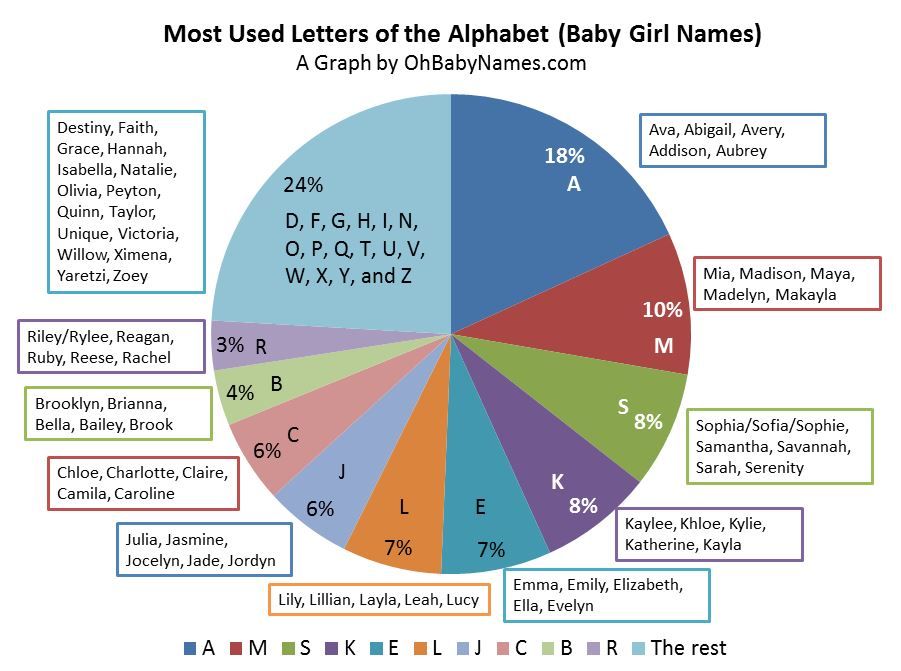
Watch in Okko
Paranormal Wellington
Another «Real Ghouls» spin-off, following on from the sparkling two-minute basement scene featuring Karen O’Leary and Mike Minogue. It is noteworthy that the director of the show, Jemaine Clement, who directed the original comedy with Taika Waititi, was unable to come up with names for a pair of police officers, so on the screen the actors wear their own names.
Officers Kyle Minogue and Karen O’Leary patrol the streets of New Zealand’s capital, which turns out to be the epicenter of the supernatural. Innocent skeptics always remain within the framework of the service charter and try to find a rational explanation for the most non-trivial events. Their boss, Sergeant Ruawai Maaka, believes in the paranormal and even creates a secret department in which our heroes will now have to work.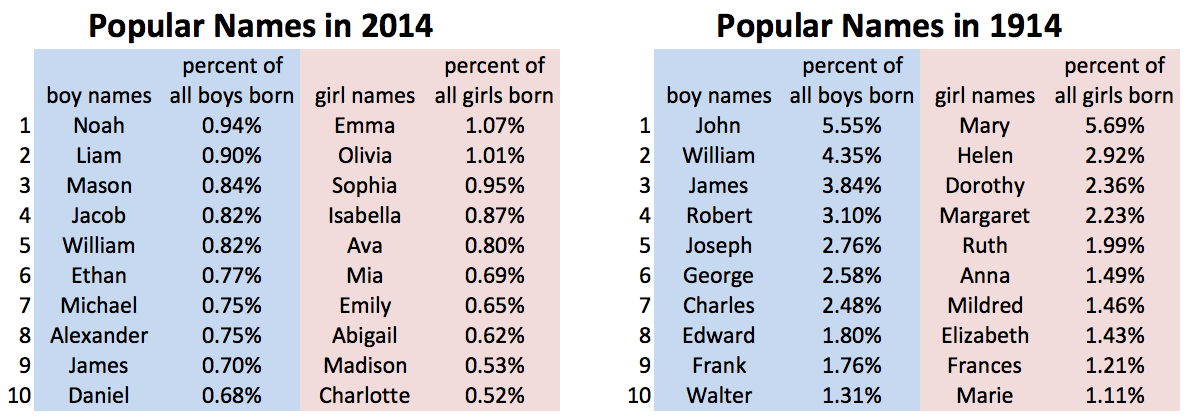
The Haunting of Bly Manor
The serialized version of Henry James’s novella The Turn of the Screw, filled with numerous nods to The Innocents from 1950, which is still considered the finest adaptation of this groundbreaking mystical-psychological drama. The Haunting of Bly Manor continues the anthology series by Mike Flanagan, creator of Netflix’s previous flagship horror project The Haunting of Hill House.
In 1987, a young American, Dani Clayton, moved to England. For six months, she never found a job and was not used to tea parties, but managed to fall in love with London. The heroine responds to an advertisement for a governess for the young nephews of Lord Henry Wingrave. 10-year-old Miles and 8-year-old Flora live in the country estate of Bly, along with servants. Their former teacher recently committed suicide.

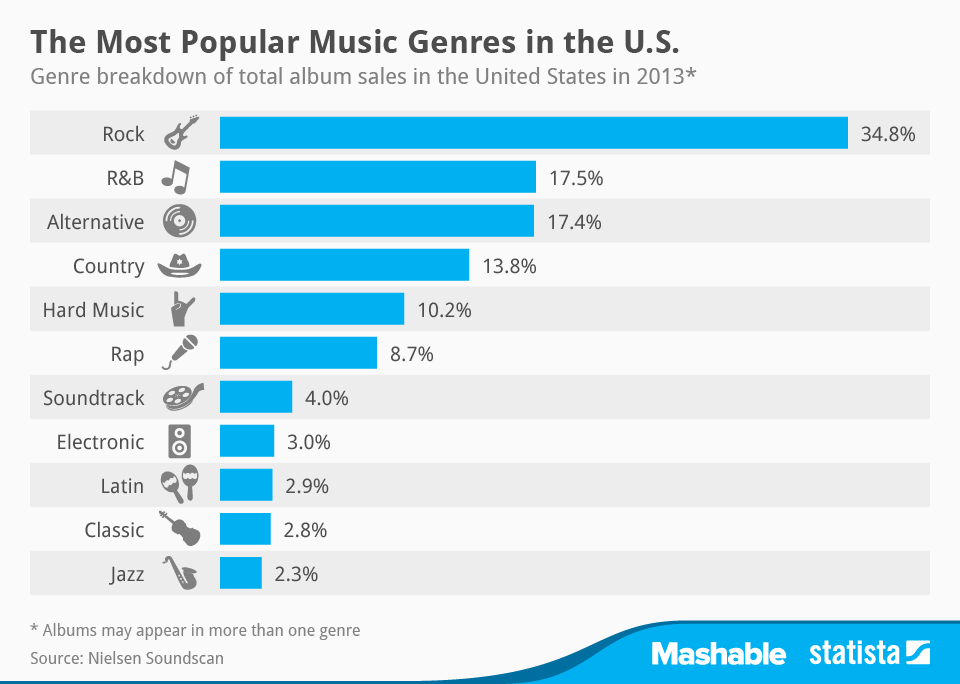
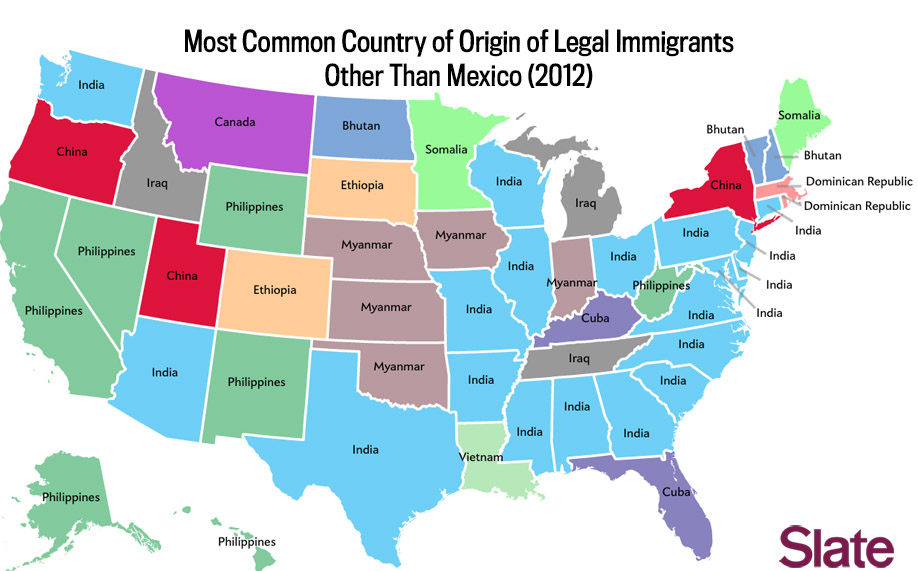 King.
King. 
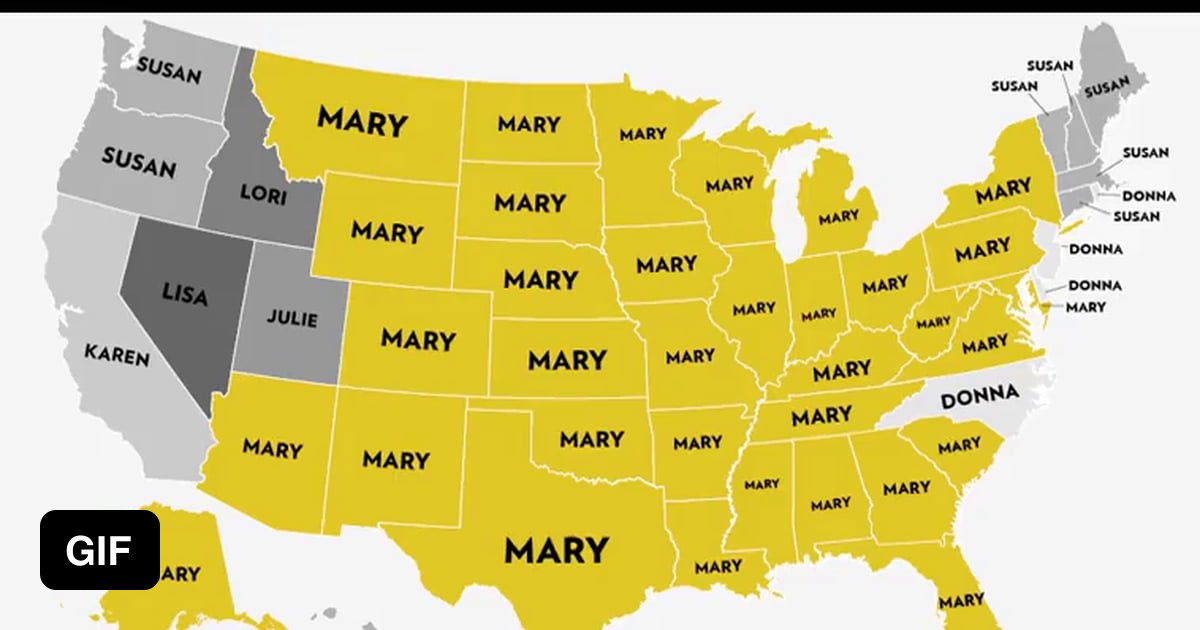 Defender.
Defender. 

